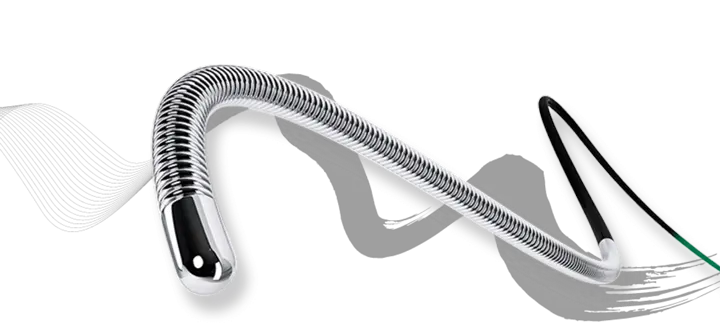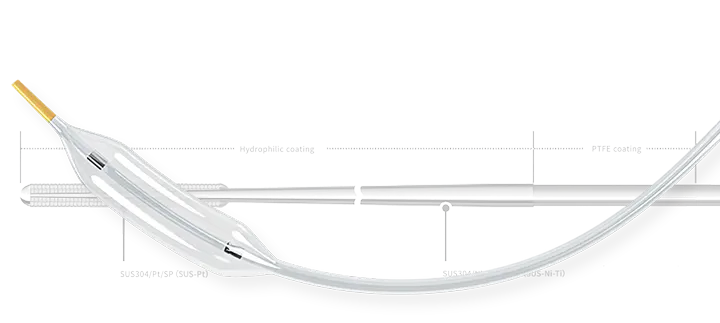Ischemic Heart Disease
Healthcare
About This Information:
This English version is a translation of content originally created based on medical information used in Japan. Accordingly, the data and treatment approaches presented reflect the situation in Japan and may differ from those in other countries or regions.
Supervised by: Dr. Shigeru Nakamura (Vice President and Director, Cardiovascular Center, Kyoto Katsura Hospital)
Heart disease is the leading cause of death worldwide. In Japan, it is one of the three most common diseases, along with cerebrovascular disease and malignant neoplasm (cancer). Of the various cardiovascular diseases, ischemic heart disease is when blood vessels are clogged by arteriosclerosis. Herein, we will describe the condition, including how it develops, how it should be treated, and life after treatment.
The coronary arteries supply the heart muscles with blood and nutrients. When the blood flow in one of these coronary arteries decreases, a chest-tightening feeling occurs. The manifestation of this symptom was named angina (kyoshinsho) over 100 years ago because it felt as if the heart were narrowing. That is, the name of this diagnosis is based on the clinical manifestation.
When the blood flow in a coronary artery is blocked, the myocardial cells die (necrosis). This clinical condition is called myocardial infarction. Angina and myocardial infarction are conditions associated with reduced blood flow in the coronary arteries. Over time, research advancements have led to improved treatment options.
Angina and myocardial infarction are disorders caused by inadequate blood circulation to the heart muscle. These conditions are collectively called ischem-ic heart disease.
Ischemic heart disease is caused by arteriosclerosis of the coronary arteries. Arteriosclerosis is a condition in which the blood vessels have narrowed due to cholesterol buildup on their inner walls or due to the hardening of aging vessels. Although it is not cancer, arteriosclerosis is considered to progress gradually.
Contributing factors that lead to arteriosclerosis include high blood pressure, high cholesterol, diabetes, obesity, and smoking. As a result, treatment is recommended when these conditions are found during a medical checkup.
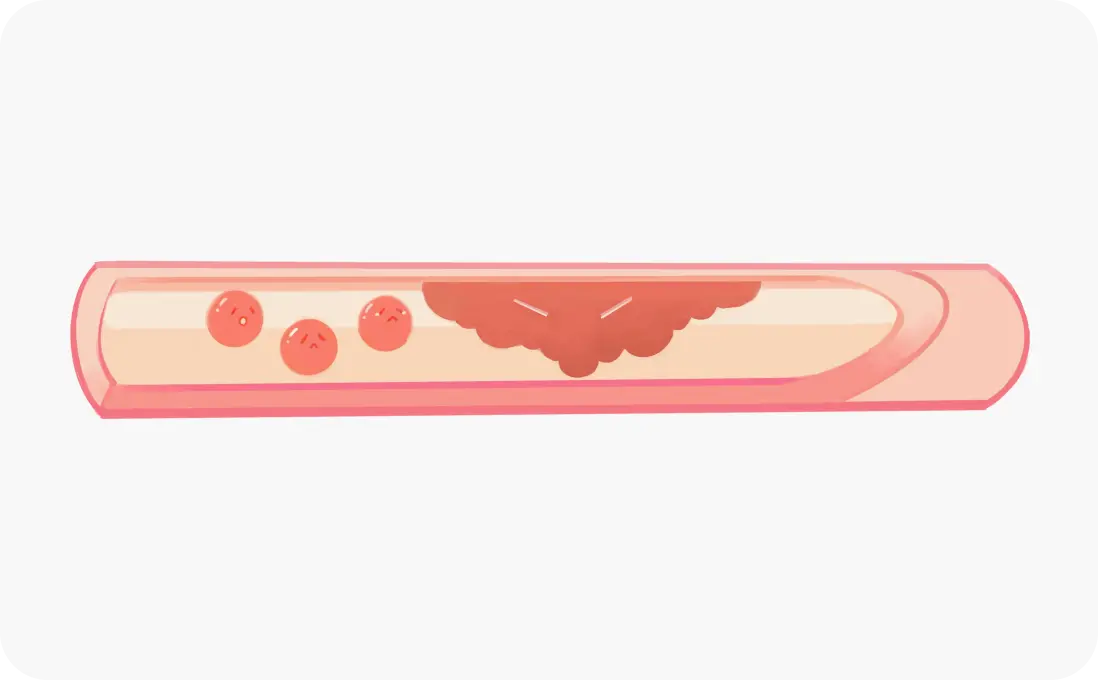
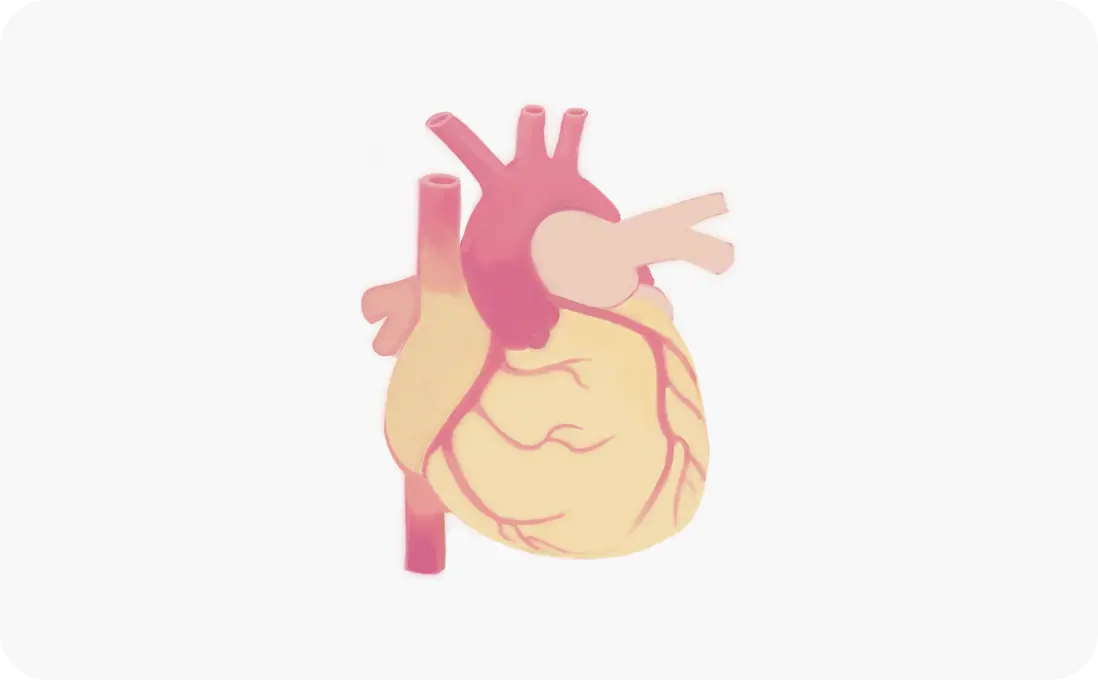
Coronary arteries carry blood to the heart
Coronary arteries surround the heart with three main blood vessels to supply oxygenated blood to the heart's muscles.
If a coronary artery is blocked, blood is not delivered to the heart muscles; this lack of blood prevents the heart muscle from contracting and may cause a fatal arrhythmia.
Coronary arteries were named based on the way these arteries sit on the heart like a crown.
Angina
Angina of effort
Angina occurs with physical loading such as going up the stairs.
Physical loading increases the heart rate and workload. However, when the coronary arteries are narrowed, the heart does not get enough oxygen because of the inadequate blood supply. As a result, symptoms such as chest pain occur. When the heart’s workload is reduced by stopping physical exertion or resting, the pain resolves. These changes are temporary, and the disease may go unnoticed.
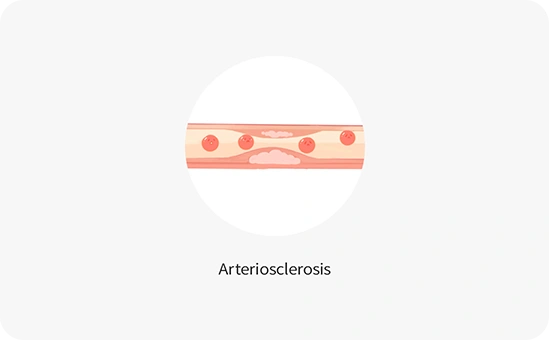
Vasospastic angina
Vasospastic angina occurs when you are sleeping at night or lying down relaxed.
This type of angina is also called angina at rest or variant angina. It occurs when the coronary arteries spasm, reducing blood flow. Vasospastic angina is reported to be an autonomic balance disorder, although the cause is unknown. It is reportedly affected by stress and smoking.

You are encouraged to seek medical attention if you have symptoms of chest tightening or a sensation of fear.
Myocardial infarction
Myocardial infarction is a condition in which a coronary artery is suddenly blocked, interrupting blood supply to the heart muscle; this results in myocardial cells death due to a lack of oxygen. In medical terms, it is a clinical state of cardiac muscle necrosis.
Advanced myocardial necrosis is characterized by intense persistent chest pain, which does not improve even with rest. This pain may be accompanied by cold sweats and nausea.

If a sudden intense chest pain persists for more than 10 minutes, do not hesitate to call an ambulance.
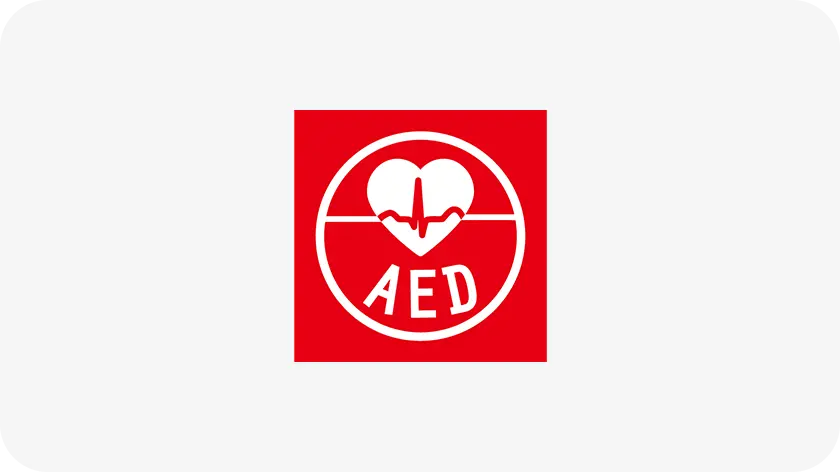
Myocardial infarction and AED
When a coronary artery is suddenly blocked, the resulting myocardial infarction may induce serious arrhythmias and cause the heart to stop pumping. This can lead to sudden death. AED stands for "automated external defibrillator," and this medical device delivers electronic shocks to the heart. These shocks eliminate serious arrhythmias and restore the heart rate to a normal rhythm. An AED is designed in a way that allows first-time users to operate it according to the instructions as the voice guidance begins when it is turned on. In recent years, untrained individuals have increasingly used AEDs to save lives. You are encouraged to utilize an AED if needed.
The Japan AED Foundation website (external website/Japanese)| Normal | Angina | Myocardial infarction |
|---|---|---|
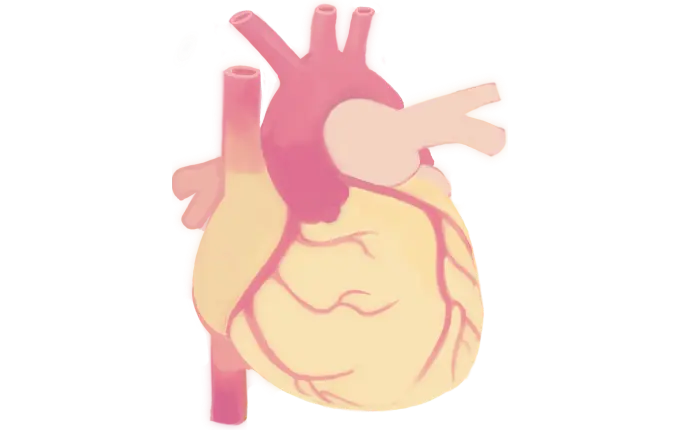
|
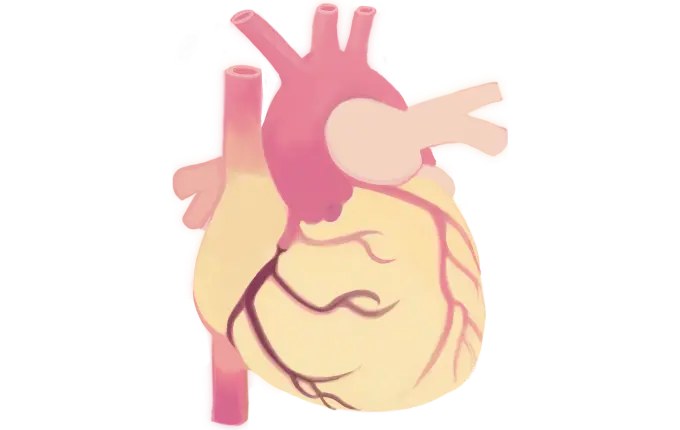
Blood flow to the heart muscle is temporarily reduced, with recovery occurring thereafter. |
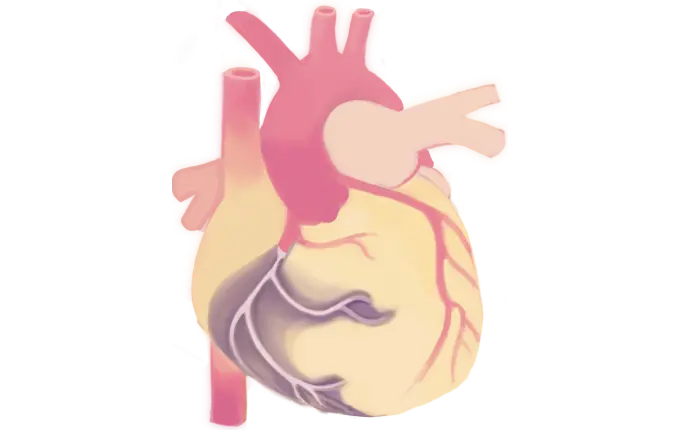
The heart muscle necrotizes. |
Angina is a condition in which heart function is reduced or in which symptoms manifest due to a temporary lack of oxygen to the heart muscles. Myocardial infarction is a condition in which part of the heart necrotizes due to complete blockage of a coronary artery.
